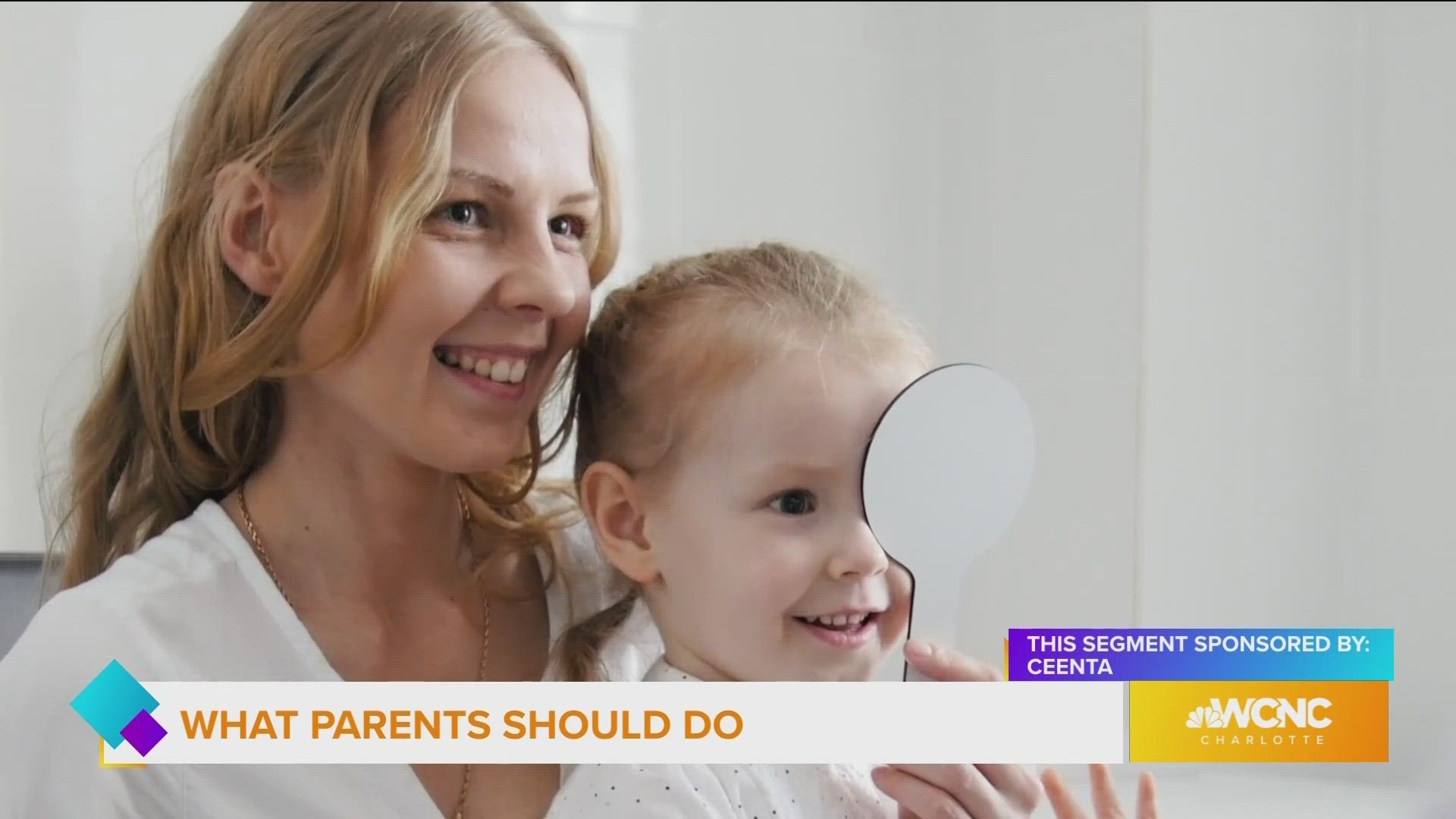CHARLOTTE, N.C. — Sponsored by:
Charlotte, N.C. - This article involves commercial content.
The products and services featured appear as paid advertising
Lazy eye is a common condition that can affect both children and older adults. Joining us on today's show was, Dr. Elliot McKee a fellowship-trained pediatric ophthalmologist and strabismus specialist from CEENTA. Amblyopia (“poor vision”, or a "lazy eye") is closely related to misaligned eyes. “Most people know Lazy eye as a drifting or droopy eye that seems to be misaligned” says Dr. McKee. He adds “the term or condition Strabismus encompasses what is generally known as lazy eye.” Strabismus refers to misaligned eyes. Esotropia (“crossed” eyes) occurs when the eyes turn inward. Exotropia occurs when the eyes turn outward. When one eye is higher than the other, it is called hypertropia (for the higher eye) or hypotropia (for the lower eye). Misaligned eyes can be subtle or obvious, and can occur occasionally or constantly. It can affect one eye or both eyes.
Strabismus can occur in both children and adults and usually begins in infancy or childhood. Strabismus usually begins in infancy or childhood. The most common cause of eye misalignment in children is accommodative esotropia. This is eye crossing that is associated with a child being farsighted and needing focusing help. When young children develop misaligned eyes, they typically have mild symptoms. They may hold their heads to one side if they can use their eyes together in that position. Or, they may close or cover one eye when it deviates, especially at first. Adults, on the other hand, have more symptoms when they develop misaligned eyes. They have double vision (see a second image) and may lose depth perception. At all ages, strabismus is disturbing.
Treatments for Strabismus include glasses , an eye patch or surgery(adjusting the tension on the eye muscles). Either way this condition should be corrected immediately. For more information and to make an appointment visit Ceenta.com.

